Showing all 6 results
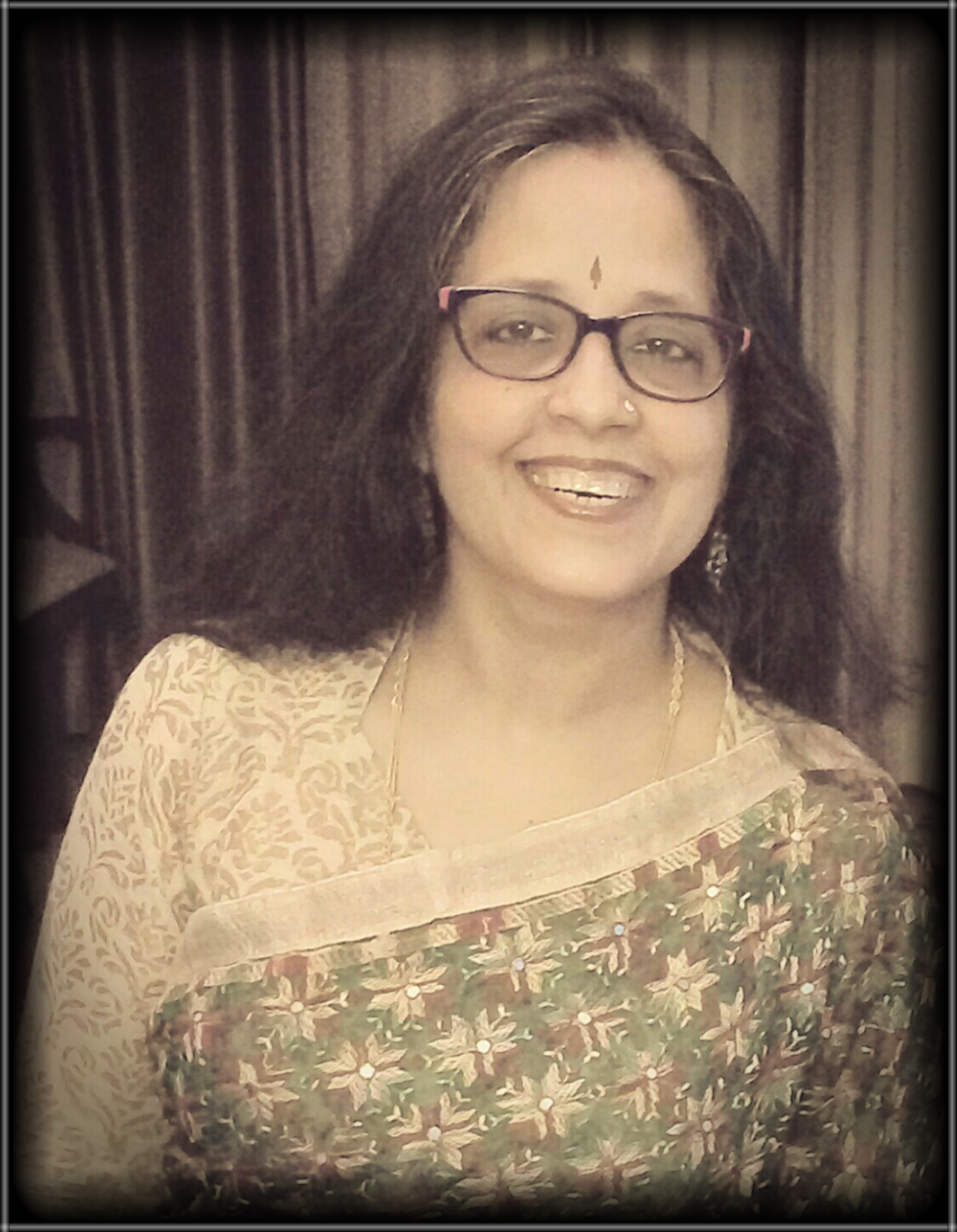
Born
Education
Sangeeta Singh has trained under Rameshwar Broota at Triveni Kala Sangam, Delhi. She’s the recipient of Junior and Senior Fellowship in Painting from The Dept. Of Culture, Govt. Of India.
Exhibition
She has trained under Rameshwar Broota at Triveni Kala Sangam, Delhi. She’s the recipient of Junior and Senior Fellowship in Painting from The Dept. Of Culture, Govt. Of India, and has shown in 10 solo and in over 70 group shows and participated in International art symposiums in Austria, Italy and Turkey; and teaches art to young aspiring artists. The artist lives and works in Gurgaon.
The current body of her work in this exhibition shows part of her extensive work on the theme of the tea cup and tea pot, that are an intrinsic part of life of all Indians, irrespective of language, class or creed, titled “Tea Side Stories”. She has made a large number of works around this theme, on paper and canvas with watercolours, ink, oil and acrylic colours, and other media like sequins, strings, tea leaves, bags and tea-stains.
For Sangeeta her “Tea Side Stories” are about Indians, whose world revolves around endless cups of tea, whether it’s the thick and sweet or thin and flavourful, over which many an argument is won or lost, many a political decision is made, even; or life’s problems and personal stories exchanged over a cuppa. The tea cup in itself has many variations, local terracotta and stoneware or more fancy porcelain or fine tranlucent bone china. Sangeeta however uses the finer versions of the tea service, especially the tea pot, that is seldom used nowadays except in some upper and genteel classes, though it has had a long history of existence since the 16th century (China).
Sangeeta has infused the teapot with more meaning than just the tea – it’s the centre-piece of long discussions about major happenings in the country ever since the Corona pandemic began, and earlier, when the country was churning with unrest at all corners over sensitive issues that have been the bane of our country since time immemorial. The teapot for Sangeeta, more specifically has come to represent a safe haven, far from the troubling stories of migrating jobless hungry labourers; it’s a beautiful home, with idyllic gardens, fragrant with peace and flowers, with peacocks playing in them, reminiscent in flavour of the Mughal miniature paintings with their often minimalist but rich themes. She pours tea over the paper to start the story; and then adds vibrant pinks and blues and purples to add metaphorical colour to it. The tea cup has seen a storm of unending discussions, over a myriad happenings, personal losses, grief and solitude, when the pandemic hit the country with a vengeance, killing hundreds of thousands of people, something heretofore never seen or experienced.
In the process of working on the theme for long, Sangeeta has evolved from charcoal drawings and watercolours on paper, to painting in oil and acrylic on canvas, and then embellishing the surface by adding sequins, foils and other objects to render more substance to it; to the extent of literally adding tea leaves as a textural variation as well as a literal context to the surface for her theme.
Viewed as a series, the works are reminiscent of idyllic tête-à-têtes between two ladies sharing an idyllic cuppa of an afternoon, and exchanging with each other various stories of life, of love, partings, losses and grief and some joy, thus making some meaning out of the troubled times.
“Tea Time Stories” in Sangeeta’s works very feminine works of art.
-
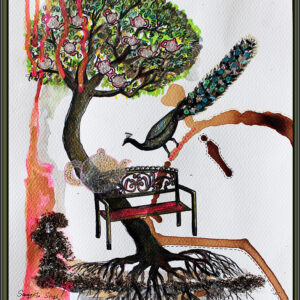
Tea Side Stories (I)
Enquire Now For Price- Artist: Sangeeta Singh
- Size: 11X10 Inch
-
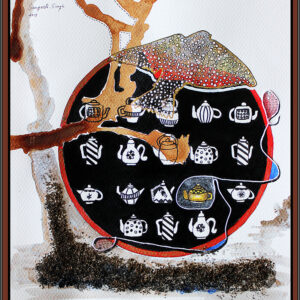
Tea Side Stories (V)
Enquire Now For Price- Artist: Sangeeta Singh
- Size: 10X9 Inch
-
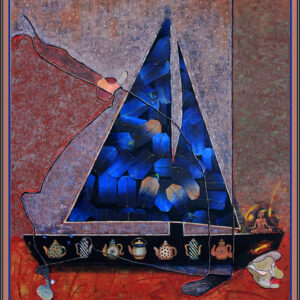
Tea Side Stories (VII)
Enquire Now For Price- Artist: Sangeeta Singh
- Size: 60X50 Inch
-
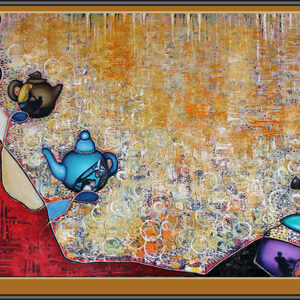
Tea Side Stories (VIII)
Enquire Now For Price- Artist: Sangeeta Singh
- Size: 30X60 Inch
-
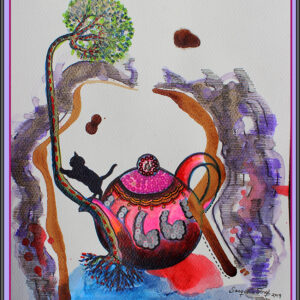
Tea Side Stories(III)
Enquire Now For Price- Artist: Sangeeta Singh
- Size: 11X10 Inch
-
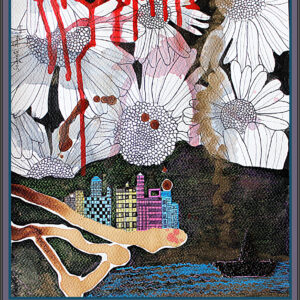
Tea Side Stories(IV)
Enquire Now For Price- Artist: Sangeeta Singh
- Size: 11X10 Inch
